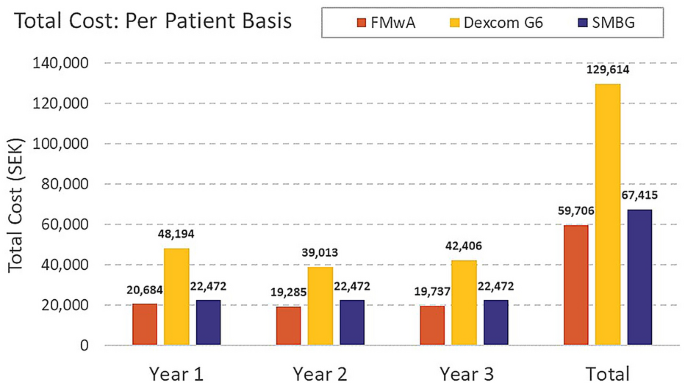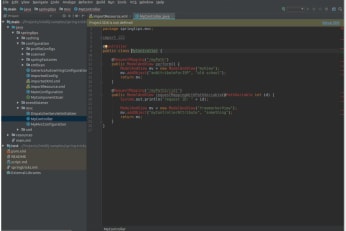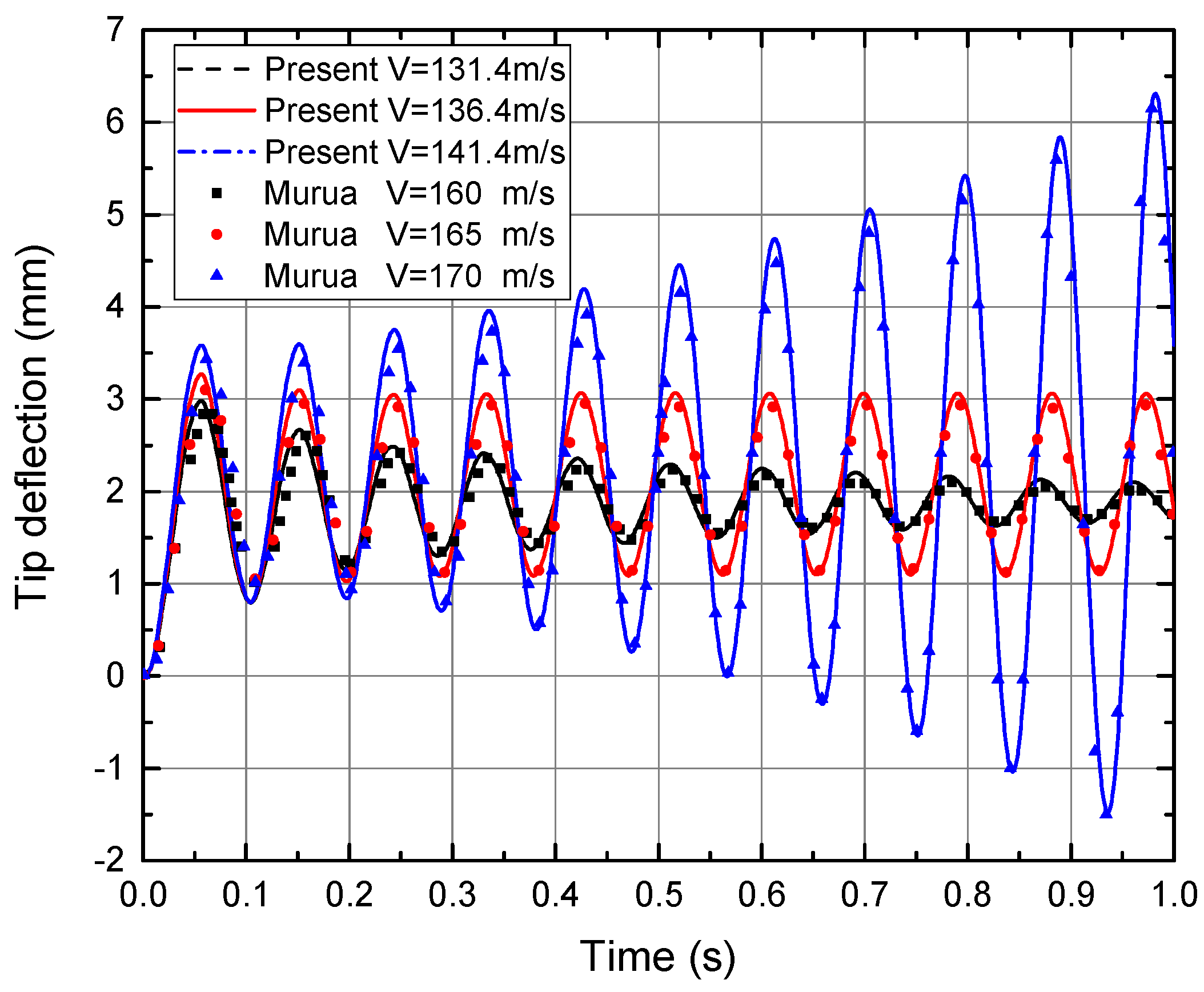

- #Goland license cost how to
- #Goland license cost install
- #Goland license cost full
- #Goland license cost code
In full isolation mode, package imports will only search in the packages that This is the default import mode for newly created workspaces, as this interferes In global fallback mode, packages are imported from the original GOPATH when
#Goland license cost code
The import mode of a workspace determines how imports from code behave and it isĬhosen when the workspace is created. # Move these dependencies into the workspaceĪ workspace can be set up in two different import modes, global fallback or full
#Goland license cost install
# Install dependencies into vendor with glide (example) $ vg help # For detailed help of a specific command run: # And for a full overview of all commands just run: # See the following sections for integration with dependency management tools. # NOTE: At the moment this only removes the sources and static libs in pkg/, not # executables. # You can also uninstall a package from your workspace again (example) $ vg localInstall /GetStream/utils ~/weird/path/utils # You can even install a package from a specific path: (example) $ vg localInstall /GetStream/utils # In these cases you can easily install a package from your global GOPATH # into the workspace: For # instance when you are fixing a bug in a dependency and want to test the fix. In some cases you might want to use the # version of a package that is installed in your global GOPATH though. # When a workspace is active, a go compilation will try to import packages # installed from the workspace first. # To deactivate the workspace simply run: Activating a new workspace automatically deactivates # a previous one: If the workspace doesn't exist it will also be # created on the fly. # It's also possible to only activate a workspace and not link it to the # current directory. (example) $ go get -u /spf13/cobra/cobraĬobra is a CLI library for Go that empowers applications.

The # following will install the most recent version of the cobra command and # library inside the workspace
#Goland license cost how to
# (See below in the README on how to use the workspace from an IDE) # All go commands in this shell are now executed from within your workspace. This # way the next time you cd to this directory the workspace will be activated # automatically. # This command also links the current directory to the created workspace. # The first command to use is the one to create and activate a workspace named # after the current direcory

For instance for uninstallingĪ package or installing a local package from another GOPATH.

Integration with version management tools such as dep and glide allow for.Automatic activation of a GOPATH when you cd into a directory.You don't have problems when using plugins: Īdvantages over manually managing multiple GOPATHs.This is simply because they don't have to index the packages When using full isolation, tools such as IDEs can spend much less time on.No accidental fallbacks to regular GOPATH causing confusion about what Workspace, without running into confusing import errors. You can easily use a dependency from your global GOPATH inside your.You can pin versions of executable dependencies, such as linting and code.The obvious question is: Why should you use vg? What advantages does itīring over what you're using now? This obviously depends on what you're using (example) $ # The workspace is now activated automatically after cd-ing to the project directory Advantages over existing solutions (example) $ vg ensure # installs the dependencies of the example project using dep (example) $ go get /pkg/errors # package only present in workspace $ vg init # initial creation of workspace # Now all commands will be executed from within the example workspace Example usageīelow is an example showing some basic usage of vg. The Go community is now using Go Modules to handle dependencies. Use than virtualenv, because there's almost no mental overhead in using vg. The main difference is that vg is much easier to Is to build on top of these tools, such asĭep, to provide the features features listedįor people coming from Python vg is very similar to virtualenv, with depīeing respective to pip. This is a hard problem that's already being solved by other tools. Virtualgo doesn't do dependency resolution or version pinning itself, because Optional full isolation for imports, see the section on import.Importing a dependency that's locally checked out outside of the workspace.Version pinning for executables, such as linters (e.g.Its main feature set that makes it better than other Virtualgo (or vg for short) is a tool which provides workspace basedĭevelopment for Go.


 0 kommentar(er)
0 kommentar(er)
